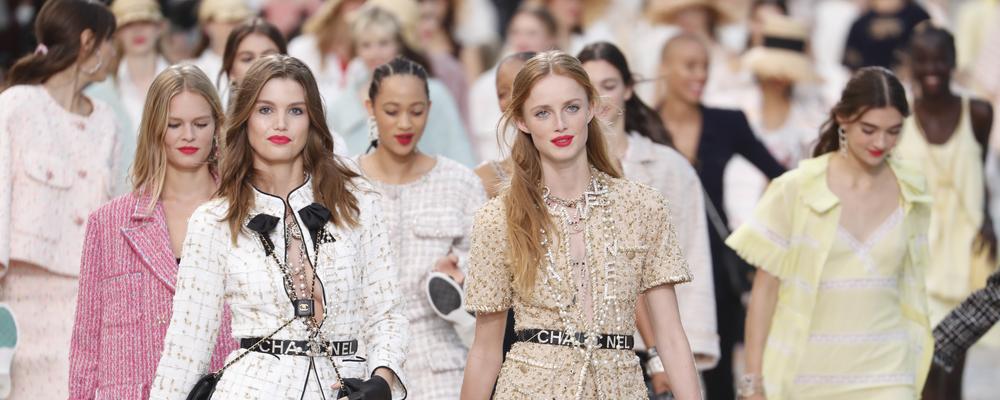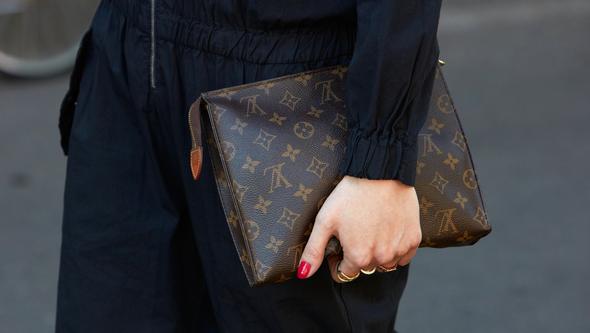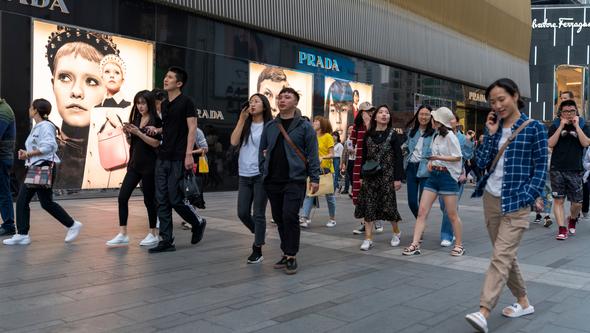
- Home
- News and events
- Find news
- Tough economic times - but not for the luxury industry
Tough economic times - but not for the luxury industry
While many people are being forced to reduce consumption, the luxury industry is breaking records. There is no contradiction, says consumer researcher Magdalena Petersson McIntyre. In the new book 'Luxury Fashion and Media Communication - Between the Material and Immaterial', she and other researchers write about how exclusivity is created in material things, and how the desire for luxury reveals tensions in an era of social mobility, inequality and conflict.
"Recent decades have seen an extreme accumulation of wealth among certain groups while economic inequality, both in Sweden and globally, has increased."
Magdalena Petersson McIntyre is a researcher at the Centre for Consumption Research at the University of Gothenburg. Together with Paula von Wachenfeldt, she is the editor of the new book Luxury Fashion and Media Communication - Between the Material and Immaterial (Bloomsbury Visual Arts), where researchers examine luxury and exclusivity in different ways. Magdalena Petersson McIntyre says it is not surprising that the market for luxury products is holding up despite the weak economic situation.

New elites are emerging
She gives the example of the luxury conglomerate LVMH (Moet Hennessy Louis Vuitton), which sells products such as champagne, bags and watches. LVMH has grown to become one of the ten largest companies in the world and in spring 2023 became the first European company to be valued at over USD 500 billion.
"Global companies and brands have been shaping the economy for some time. At the same time, new elites are emerging, both in Sweden and globally, and luxury consumption is an important part of the formation of new social class identities."
In nine chapters, researchers from Europe, the US, China and Sweden address the question of what creates the value of luxury.
"The book examines luxury as a value at the intersection of the material object and the immaterial myth that surrounds it. The book's chapters address the communication between the luxury industry and the consumer, where the conflict between exclusivity and the mass market is always present, focusing on, for example, jewellery, commercials, perfume, intellectual property rights, children's and young people's views on luxury and brands such as Chanel and Loewe."

Luxury – an elusive value
Magdalena Petersson McIntyre has also written one of the book's chapters on how luxury is conveyed in the physical store by store staff acting as a kind of "guide".
"The value of luxury is elusive and therefore guidance is needed where the value of luxury is explained. An important part of selling luxury is educating consumers about what luxury is, what makes a product luxurious and why luxury is important. "The fact that luxury goods require guidance inherently reinforces their luxury status and portrays them as complex and exclusive," she says.
A key component is often that the consumer can be both encouraged and prevented from touching a specific luxury product. Magdalena Petersson McIntyre believes that touch plays a major role in what can be interpreted as a game of inclusion and exclusion with the aim of creating the feeling of luxury.
"Many goods are locked away, while touching other goods is encouraged. In a luxury store, the staff are also far more present. As a customer, you are not allowed to move around freely, but are watched. The fact that goods have to be shown by staff reinforces the impression that these goods are complicated and exclusive."
Growing desire for luxury in China
China is a country that today accounts for a large part of the world's luxury consumption and Chinese consumers account for almost every third purchase of luxury products. Researcher Emma Björner at the Gothenburg Research Institute at the University of Gothenburg School of Business, Economics and Law has written a chapter on symbolic consumption of luxury in today's China, together with Xinxin Liu, Associate Professor at the Communications University of China in Beijing.


'We explore how Chinese consumers use luxury brands to create and express identity, and to identify with others,' she says.
In China, wearing luxury brands at parties and other events is a sign of respect, while luxury consumption is often associated with good taste and high quality of life.
Emma Björner is fascinated by China's rapid development and culture.
"Many consumers of luxury products are in the growing upper middle class, who often use luxury brands as a status marker. Previous research on luxury consumption has mainly focused on Europe and North America. While there are similarities between luxury consumption in the East and West, luxury consumption in China is quite different from that in Western markets. China's history, culture, economic development and digital landscape affect luxury consumption in different ways, which is exciting to explore.
The desire for luxury reveals social tensions
For Magdalena Petersson McIntyre, luxury consumption says a lot about our society.
"We live in a time of both social mobility and inequalities and conflicts. The desire for luxury goods clearly illustrates these tensions."
She is convinced that luxury will continue to play a significant role in the future.
"The desire to enjoy something extra nice and special will probably always be there, as well as marking social status in different ways. But what that means in the future may be quite different from today."
Text by Agnes Faxén